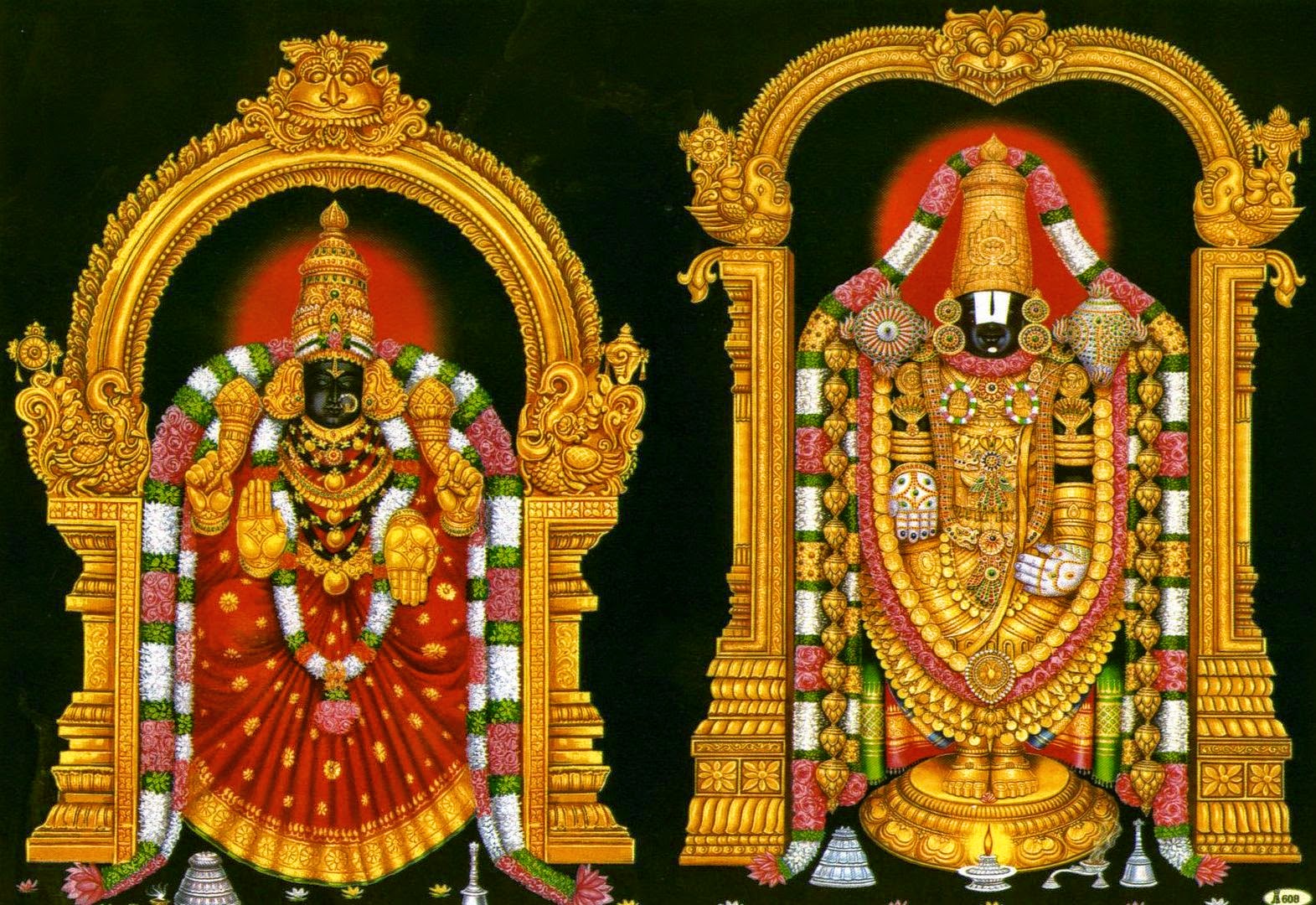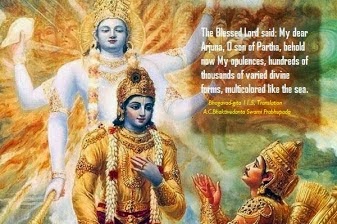Srimad Bhagavadgeeta : Ch-8. Slo-24
Friday, June 06, 2014.
Srimad Bhagavadgeeta :
Chapter-8.( Akshara-brpma-yogam )
Slokam-24.( The state of no rebirth, after death. )
Agnirjiyotirahah suklah shanmasa uttarayanam,
Tatra prayata gacchati brapma brapmavidho janah.
Agnih jiyotih ahah suklah = Fire, Illumination, Day, Suklapaksham;
Shanmasah uttarayanam = The period of six months of Uttarayana-kalam;
Tatra prayata = Those who discard their bodies in the above mentioned path;
Brapmavidhah janah = That brapma-jnanies; ( their Jeevatma )
Brapma gacchati = Attain "Brapmam"( Brahmam ) ( i.e the Jnanies jeevatma dissolve in Paramatma ) Hence no-
rebirth to them.
Those who know the Supreme Brahman pass away from the world during the influence of the fiery god, in the light, at an auspicious moment, during the fortnight of the moon and the six months when the sun travels in the north.
When fire, light, day and moon are mentioned, it is to be understood that over all of them there are various presiding deities who make arrangements for the passage of the soul. At the time of death, the jeevatma sets forth on the path to a new life.
If one leaves the body at the time designated above, either accidentally or by arrangement, it is possible for him to attain the impersonal brahmajyoti.
First Lord Krishna presents the path by which there is no return for rebirth with the words agnir-jyotir which identify the presiding demigods respectively of fire and illumination.
So on this path of no return are stationed the demigods identified with fire, illumination, day, the moons 15 day bright fortnight and the six months of the suns northern waxing course. The yogis or those perfecting the science of the individual consciousness attaining communion with the ultimate consciousness, who have realised the brahman or the spiritual substratum pervading all existence, they proceed on the path of no return after death guided by the aforementioned presiding demigods of the time divisions until they finally reach the very brahman they have realised.
This slokam indicates, the release of jeevatma ( soul ) from the body of those who follow and practice "Pranavam mantra upasana" and vedik karma-s.Those ( Jeevatma ) who move through the path of famous " Devayanam", pass through the "Surya-manddalam", reach the "Brapmalokam", thereafter, till "kalpantam" experience the divine bliss, and later dissolve in Paramatma ( Brapma-sayugyam ). This is the Vedik Siddhantam.
"Agni, Jiyotiss, Day-time, Suklapaksham, Uttarayanam" -- these represent the "Surya-manddalam" i.e chaithanyam. "Devayanam"is the the journey towards illumination. Chaithanyam ( living ) and Jaddham ( non-living matter ) i.e; "Purushan and Prakruti"are two bhava-s of the Paramatma. Suryan ( Sun ) represents Chaithanyam and Chandran ( Moon ) represents Jaddham, as well informed in "the "Prasnopanishad".
The above mentioned two components -- Purushan and Prakruti, i.e; Chaithanyam and Jaddham, are present in every one of us. The Upasakan who practices sincerely to achieve the connection with inner atma ( which is in the path of Surya-manddalam, when the Jeevatma leaves his body, because of his strength of Samskaram, can sustain the mind upon Parmatma ( Parmatma-smarana ).
"Yadbhavah -- Tadbhavati" this is the Rule. Meaning - according to the bhavam of the mind during one's life period, will be his state after his death.
The brapmo-upasakan through the path of illumination, move higher, and reaches brapmalokam. "Uttarayanam", this indicates higher, superior, and supreme nature.
Next :- Slokam-25. ( The Re-birth path )?
Follow this, to understand more....
Continues till slokam-28.
.jpg)



Comments